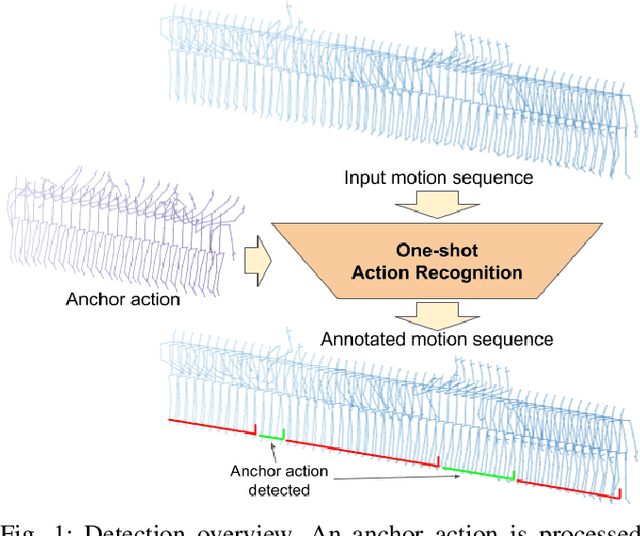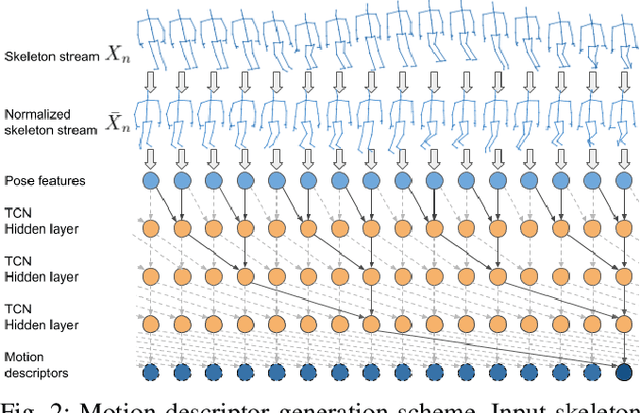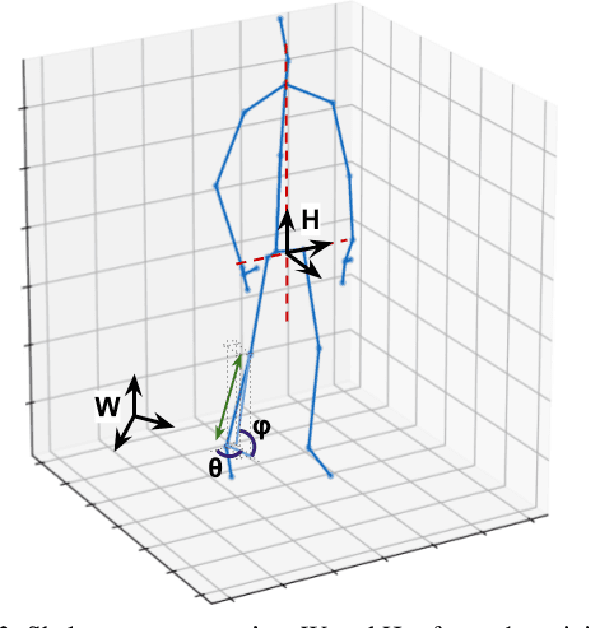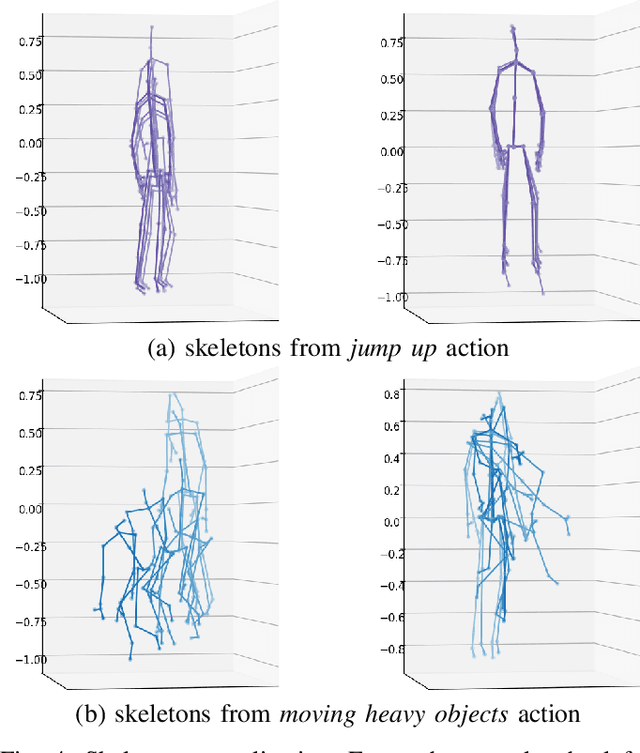Laura Santos
Extending 3D body pose estimation for robotic-assistive therapies of autistic children
Feb 12, 2024Abstract:Robotic-assistive therapy has demonstrated very encouraging results for children with Autism. Accurate estimation of the child's pose is essential both for human-robot interaction and for therapy assessment purposes. Non-intrusive methods are the sole viable option since these children are sensitive to touch. While depth cameras have been used extensively, existing methods face two major limitations: (i) they are usually trained with adult-only data and do not correctly estimate a child's pose, and (ii) they fail in scenarios with a high number of occlusions. Therefore, our goal was to develop a 3D pose estimator for children, by adapting an existing state-of-the-art 3D body modelling method and incorporating a linear regression model to fine-tune one of its inputs, thereby correcting the pose of children's 3D meshes. In controlled settings, our method has an error below $0.3m$, which is considered acceptable for this kind of application and lower than current state-of-the-art methods. In real-world settings, the proposed model performs similarly to a Kinect depth camera and manages to successfully estimate the 3D body poses in a much higher number of frames.
One-shot action recognition towards novel assistive therapies
Feb 17, 2021



Abstract:One-shot action recognition is a challenging problem, especially when the target video can contain one, more or none repetitions of the target action. Solutions to this problem can be used in many real world applications that require automated processing of activity videos. In particular, this work is motivated by the automated analysis of medical therapies that involve action imitation games. The presented approach incorporates a pre-processing step that standardizes heterogeneous motion data conditions and generates descriptive movement representations with a Temporal Convolutional Network for a final one-shot (or few-shot) action recognition. Our method achieves state-of-the-art results on the public NTU-120 one-shot action recognition challenge. Besides, we evaluate the approach on a real use-case of automated video analysis for therapy support with autistic people. The promising results prove its suitability for this kind of application in the wild, providing both quantitative and qualitative measures, essential for the patient evaluation and monitoring.
 Add to Chrome
Add to Chrome Add to Firefox
Add to Firefox Add to Edge
Add to Edge